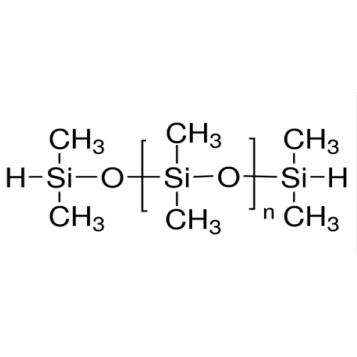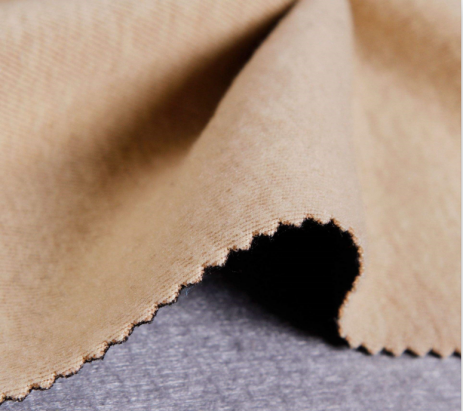Silicone Softener classification
Silicone is a very widely used material and has applications in all walks of life. Among them, silicone softener products have been developed so far. According to the chemical reactivity and fiber reactivity of the active ingredient polysiloxane silicone emulsion, it can be divided into There are three types of inactive, active, and reactive group modification. Let's follow XJY silicone to understand.
![]()
1. Inactive Silicone Softener
This type of silicone softener is mainly dimethyl silicone oil, called polydimethylsiloxane (DMPS), or methyl silicone oil for short. It can endow the fabric with better softness and heat resistance. Because its degree of polymerization is not high, it cannot crosslink itself and does not react to fibers. The finished fabric has an unsatisfactory feel, fastness, and elasticity, so it cannot be directly processed. As a silicone softener, it must be prepared into a silicone oil emulsion under the action of an emulsifier before it can be applied to fabrics to increase washing resistance. This type of silicone softener is called the first generation of silicone softener.
2. Active Silicone Softener
This type of silicone softener mainly replaces the two ends of the linear structure of dimethylpolysiloxane (DMPS) with hydroxyl (-OH) or caps the head with hydroxyl to make it have a certain degree of hydrophilicity. The emulsion made of this hydroxyl-terminated dimethylpolysiloxane is the so-called silicone hydroxy emulsion. There are quite a few types of these products, which can be used alone as silicone softeners or can be combined with other silicone oils or resins to undergo cross-linking reaction and form a water-insoluble molecular film on the fiber. Therefore, the finished fabric has a certain degree of Waterproof and washable effect. This kind of softener is a second-generation silicone softener. According to the different surfactants used in the preparation, they can be divided into cationic, anionic, non-ionic, and composite ion types. Can be selected according to different types of fabrics.
![]()
![]()
3. Modified Silicone Softener
This type of silicone softener introduces other active groups into the silicone molecular chain to make it have special functions to meet the needs of high-end finishing of various fabrics, improve the antistatic, oil stain, and hydrophilic properties of the fabric, and make chemical fiber fabrics have Many advantages of natural fabrics have become the third-generation silicone softener with special functions.
![]()
XJY Silicones
XJY Silicones is a new enterprise for silicone resin innovation and R&D, with more than 30 years of experience in the silicone industry.
We are manufacturing and customizing silicone in silicone surfactant, our manufacturing, R&D, and sales services had obtained the ISO9001 certificate.
XJY-701 (Polymethylhydrosiloxane(PMHS)) and XJY-707(Hydride Terminated Polydimethylsiloxane(HPDMS)) can be applied to silicone softeners for synthetic fibers.
![]()




